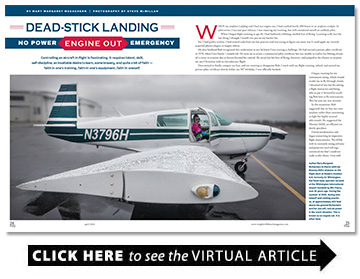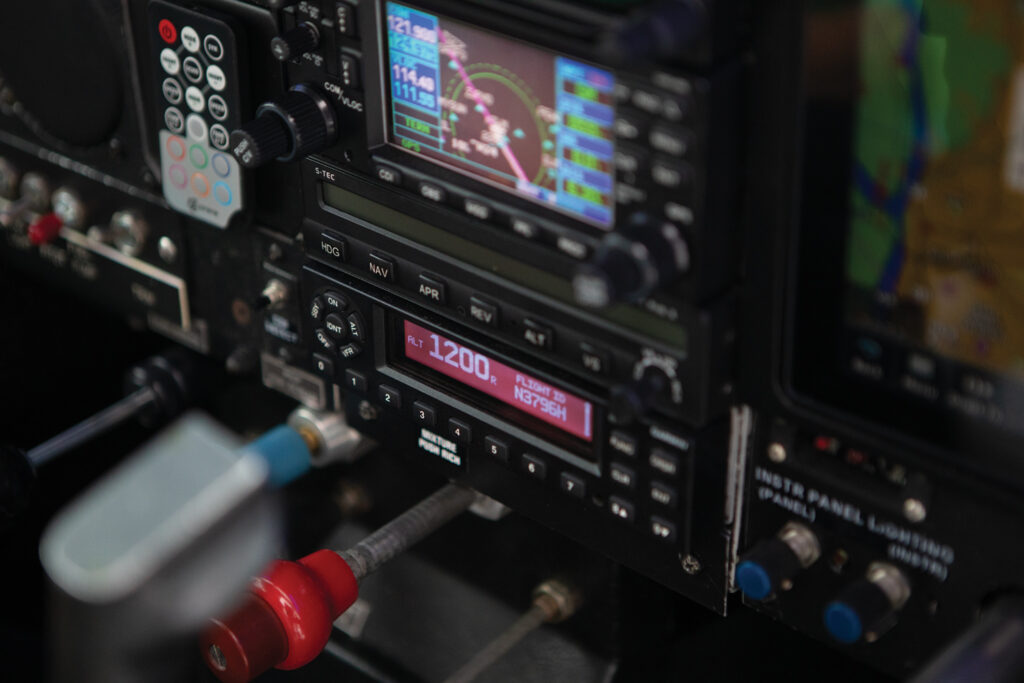Dead-Stick Landing
No power engine out emergency
BY Mary Margaret McEachern
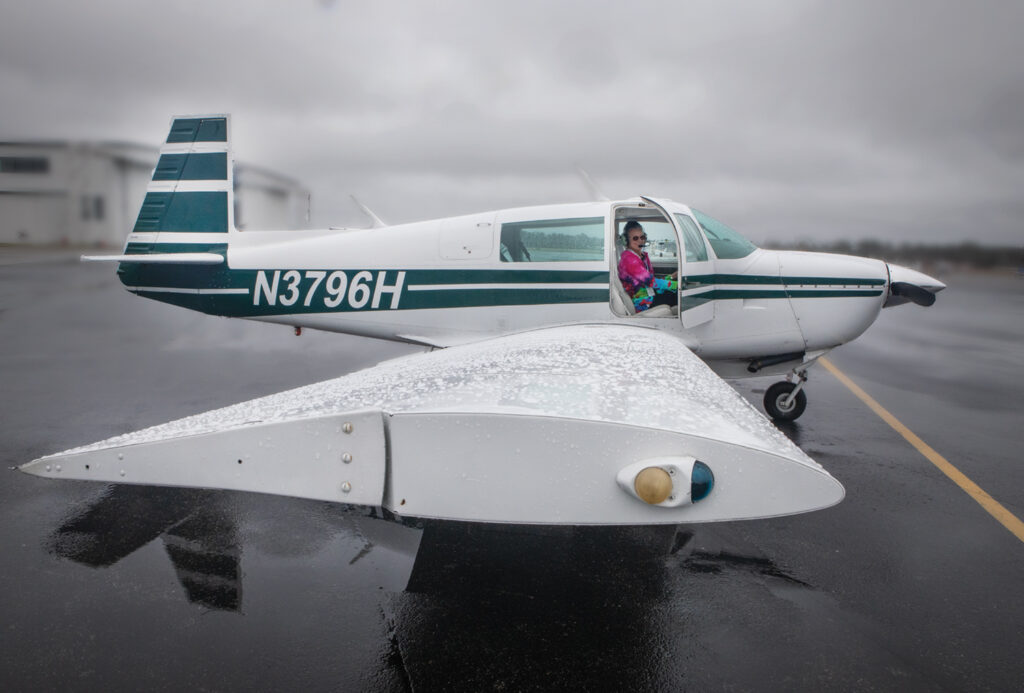
Controlling an aircraft in flight is fascinating. It requires talent, skill, self-discipline, an insatiable desire to learn, some bravery, and quite a bit of faith — faith in one’s training, faith in one’s equipment, faith in oneself.
When my airplane Ladybug and I had our engine out, I had reached barely 200 hours in an airplane cockpit. In pilot terms, I was just past infancy. I was enjoying my learning, but still considered myself an unlikely pilot.
When I began flight training at age 49, I had harbored a lifelong, morbid fear of flying. Learning to fly was the last thing I thought I would ever put on my bucket list.
Yet, I had grown restless. I had retired early from my law practice and was trying to figure out some way I could apply my recently acquired physics degree to inspire others.
My dear husband Rob recognized this restlessness in me; he knew I was craving a challenge. He had earned a private pilot certificate in 1970, when I was barely 1 month old. He went on to attain a commercial pilot certificate but was unable to realize his lifelong dream of a career in aviation due to factors beyond his control. He never lost his love of flying, however, and jumped at the chance to surprise me one Christmas with an introductory flight.
Determined to finally conquer my fear, and not wanting to disappoint Rob, I stuck with my flight training, soloed, and earned my private pilot certificate shortly before my 50th birthday. I was officially hooked.
I began training for my instrument rating, which would enable me to fly through clouds. I dreamed of one day becoming a flight instructor and being able to pay it forward by teaching Rob how to fly instruments. This became my new mission.
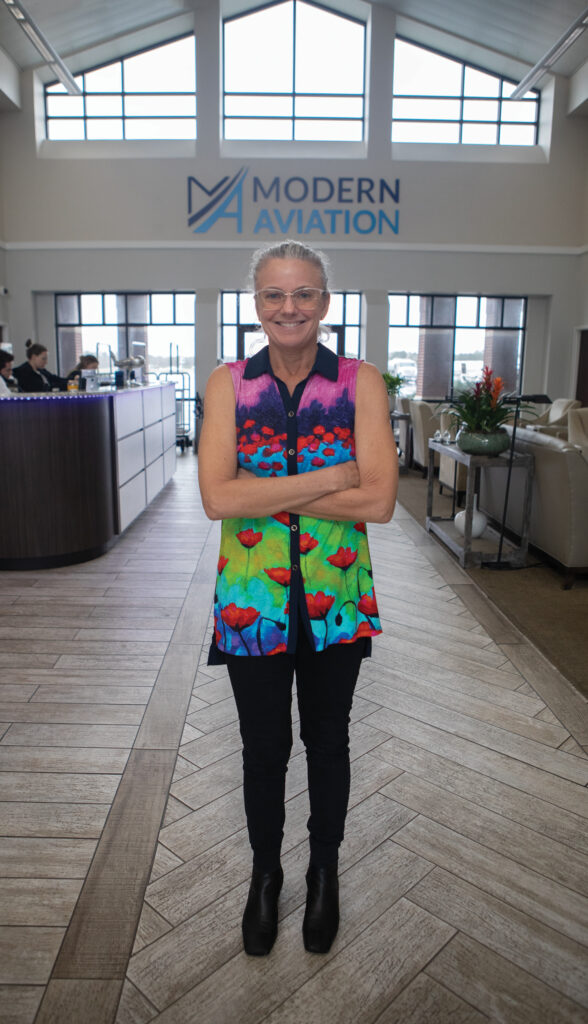
In the meantime, Rob suggested that we buy our own airplane rather than continuing to fight for highly unavailable rentals. He suggested the Mooney M20J, an efficient yet docile speedster.
I loved aerodynamics and began researching its impressive flight characteristics. The M20J, with its extremely strong airframe and protective steel roll cage, convinced me that I could not make a safer choice. I was sold.
Within two months, we had our airplane. She had lived in a nice hangar in Rutherfordton, North Carolina, and appeared to have been highly pampered. After two inspections confirming her integrity and airworthiness, we took possession of her with excited anticipation of the joy she would surely bring us.
Over the next several months Rob and I, along with my trusted instructor Andrew, blissfully flew her as often as possible. I loved how she flew. Her responsive controls made her feel like a sports car for the air. Rumors of Mooneys being hard to slow down and virtually impossible to land abounded, but I found every one of them to be false. The little airplane spoiled me rotten in no time.
Despite all this excitement and my burgeoning dream, I nevertheless lacked self-confidence. Solo flights presented the greatest challenge. I simply could not trust myself should things go south. Andrew, ever patient, encouraged me to take those solo flights. Rob, perhaps a little more forceful and insistent, demanded that I take them.
I remember one day leaving Rob as he was cleaning leaves from our gutter to make one of those flights. I was petrified as I drove to the airport. Yet I convinced myself to at least get there, perform my preflight inspection, and then reassess my feelings.
That was the day Ladybug earned her name. Ladybugs — symbols of good fortune — tend to gravitate toward her, and one landed on her windscreen. It was as though the little airplane was urging me to fly with her, signaling me to trust her. I took what wound up being a delightful little flight.
In spring of 2021, Rob and I decided to upgrade some of Ladybug’s communication and navigation equipment. We expected the work to take about a month, but delays abounded primarily due to the pandemic’s effect on supplies. We were without our beloved Ladybug for more than three months.
In early summer 2021, with the work finally complete, I happily soloed Ladybug home. While still tough, solo flights were getting easier. I was gaining confidence, and I was itching to fly Ladybug’s little wings off.
The following weekend, after an hour-long flight lesson during which everything functioned perfectly, I took Ladybug up for some solo takeoff and landing practice. We call this type of practice touch-and-go or closed pattern work.
My first touch-and-go went perfectly. As I touched down, I noticed one of my flight school’s old workhorse airplanes waiting to take off. I felt grateful to have my own airplane, not having to worry that some poor, tired old trainer might decide to give up the ghost during one of my still tenuous solo flights.
After a solid landing, I powered up for the second of three planned takeoffs and landings. I was climbing, as Rob would say, “like a homesick angel” at about 400 feet above the ground when it happened. The engine suddenly faltered, shuddered, spat, and acted like it wanted to depart the airplane. It was one angry engine.
My little airplane had lost all power in the worst of situations, and with the most dubious of pilots. Ladybug’s powerful climbing capability had instantaneously become her worst enemy. Suffice it to say, Ladybug and I had entered what I can only describe as an aerodynamic maelstrom. One wrong move and we would be toast. We did not have the luxury of time, only instinct. Time stood still.
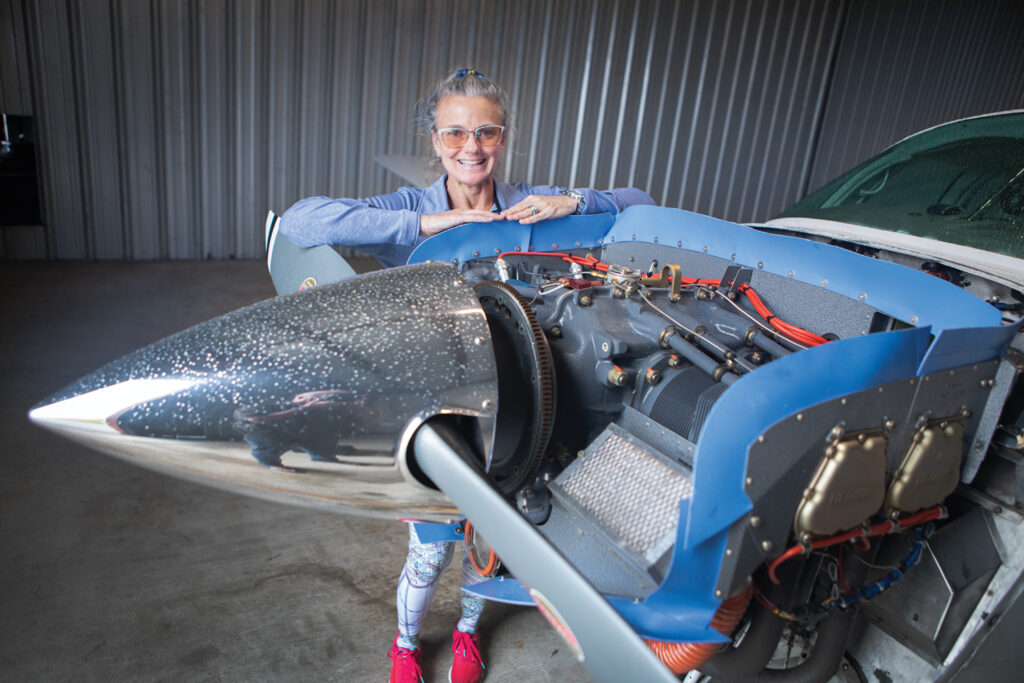
Ladybug shuddered as though she was asking me for help. She wanted to land, she wanted to be safe. Somehow, I — the most unlikely of pilots — got the message. I let her wings fly. It was as though I knew it was going to happen. I was at one with my airplane.
I managed to call air traffic control to explain my situation. This calmed me down, allowing me to maintain focus all the way to the runway. Ladybug found the runway and alit like a butterfly with sore feet. I took my first breath in what seemed like forever.
I parked the airplane, not yet appreciating the gravity of what I had just been through. I called Rob in a fit of anger. I was furious because the airplane had broken down and would be unavailable, again.
Only after arriving home did the seriousness of the engine out begin to sink in. Rob, in shock, explained that had I made one wrong move he would have lost me that day.
After coming off the high I had enjoyed after cheating death, I began reflecting. I needed to know how the fearful newbie had successfully managed the type of incident that so often proves fatal to confident, experienced pilots.
I relived the event in my mind. I researched and read everything I could on how to train away the startle response that can sound the death knell in similar situations.
I asked myself, “How did I manage this at such a tender pilot age? What if it happens again? What if, instead of a nice big runway, I had trees staring me in the face as I tried to land? What if my only choice required ditching in water?” The what-ifs just kept coming.
As for the first question, I credited my successful outcome to the wonderful support of my loving husband Rob, who, while acknowledging my low self-confidence, believed in me and understood my dogged marathoner’s determination to attain any goal, no matter how ambitious. Sadly, I lost that support when Rob succumbed to a rare cancer just before Christmas, 2022.
My wonderful flight instructor Andrew inspired me through his discipline and patience, gently guiding me through my fears, ultimately transforming me into a confident and safe pilot. He exemplifies professionalism in his teaching and flying. I am forever grateful to have him as my mentor. He continues to inspire me to keep on climbing!
This ordeal could have scared me away from flying, but rather than succumbing to my fears I have transformed them into a determination to continue learning, improving, and ultimately, teaching. I am currently pursuing flight instructor certification, my new mission to pay forward the wonderful training and support that I have received from my incredible family of flying friends.
Faith in oneself, the hardest by far, has been my most cherished lesson. Flying has taught me to reach my potential in any pursuit, to truly trust myself, thereby transforming me from “Fearful Flyer” to “Flying Fanatic.”

